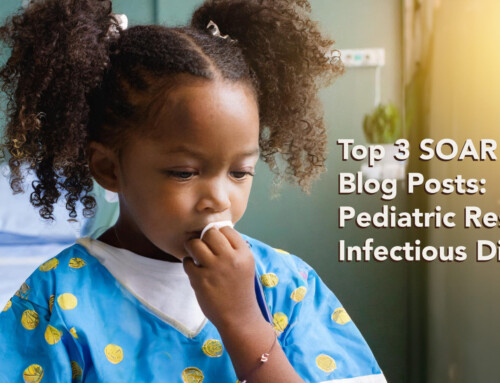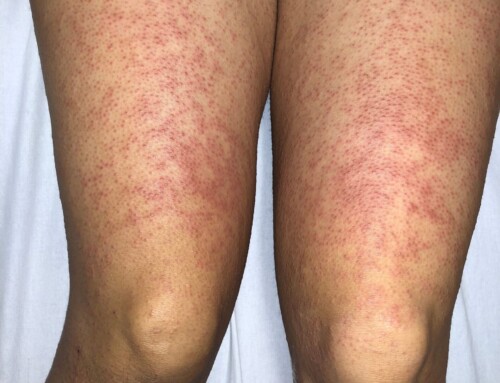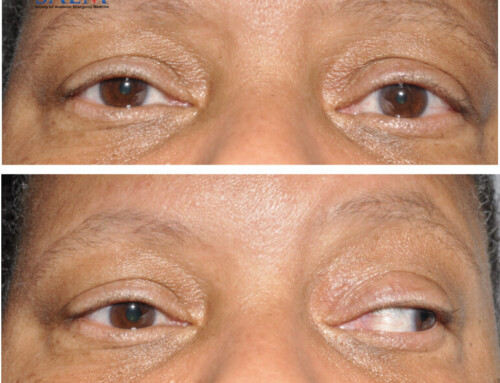
A 23-year-old female with a past medical history of asthma presented with a rash that began five days ago on her face and spread to her chest. The lesions are painful and pruritic, spreading slightly to her extremities. She noted a slight sore throat and nasal congestion. She denied any known fever and had no known vaginal or oral lesions. She has a 5-year-old daughter at home with no known symptoms. She is sexually active with one male partner who has no rash or illness. She is vaccinated for COVID-19. She is unsure of childhood illnesses and believes she was never properly immunized as a child in Central America.







